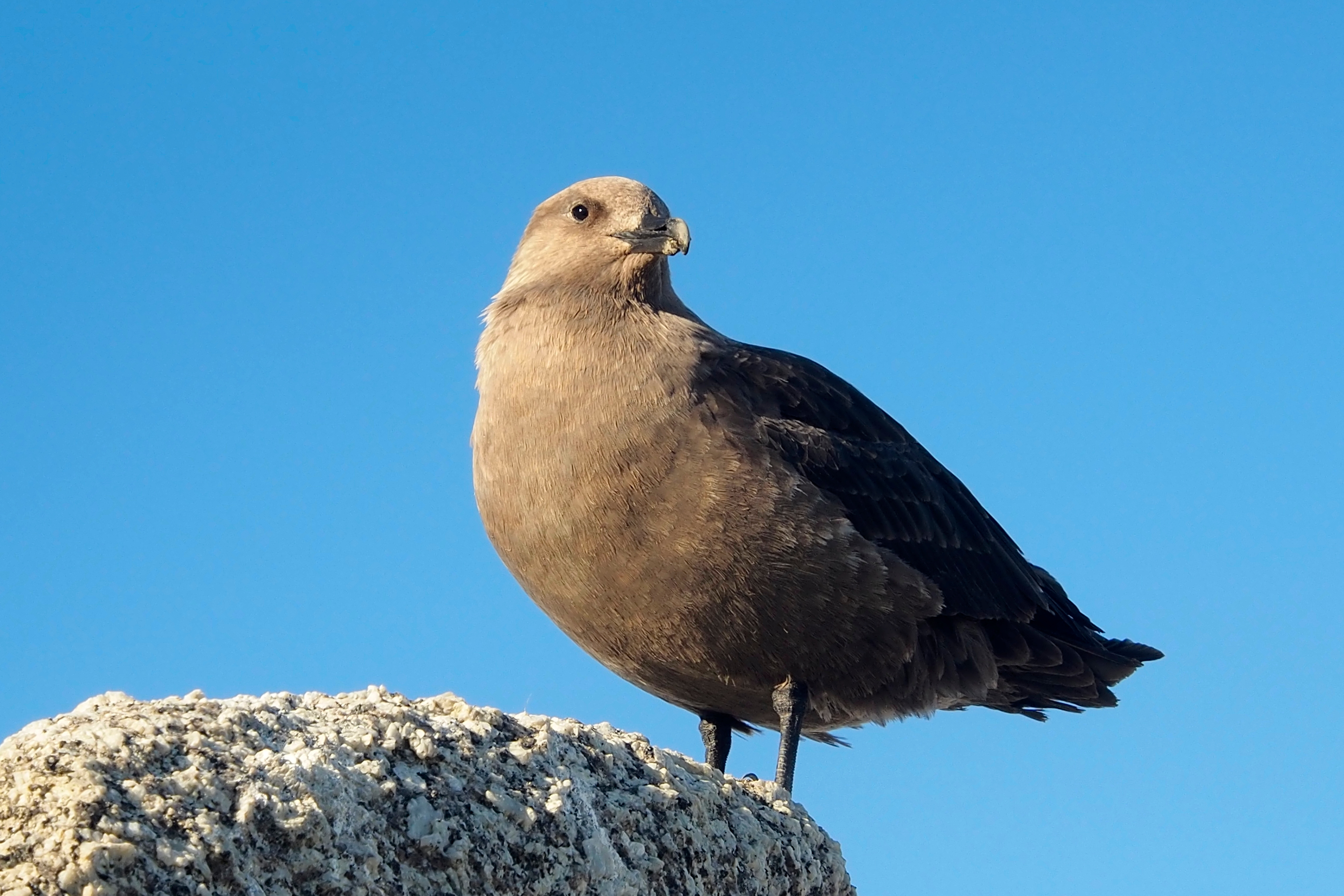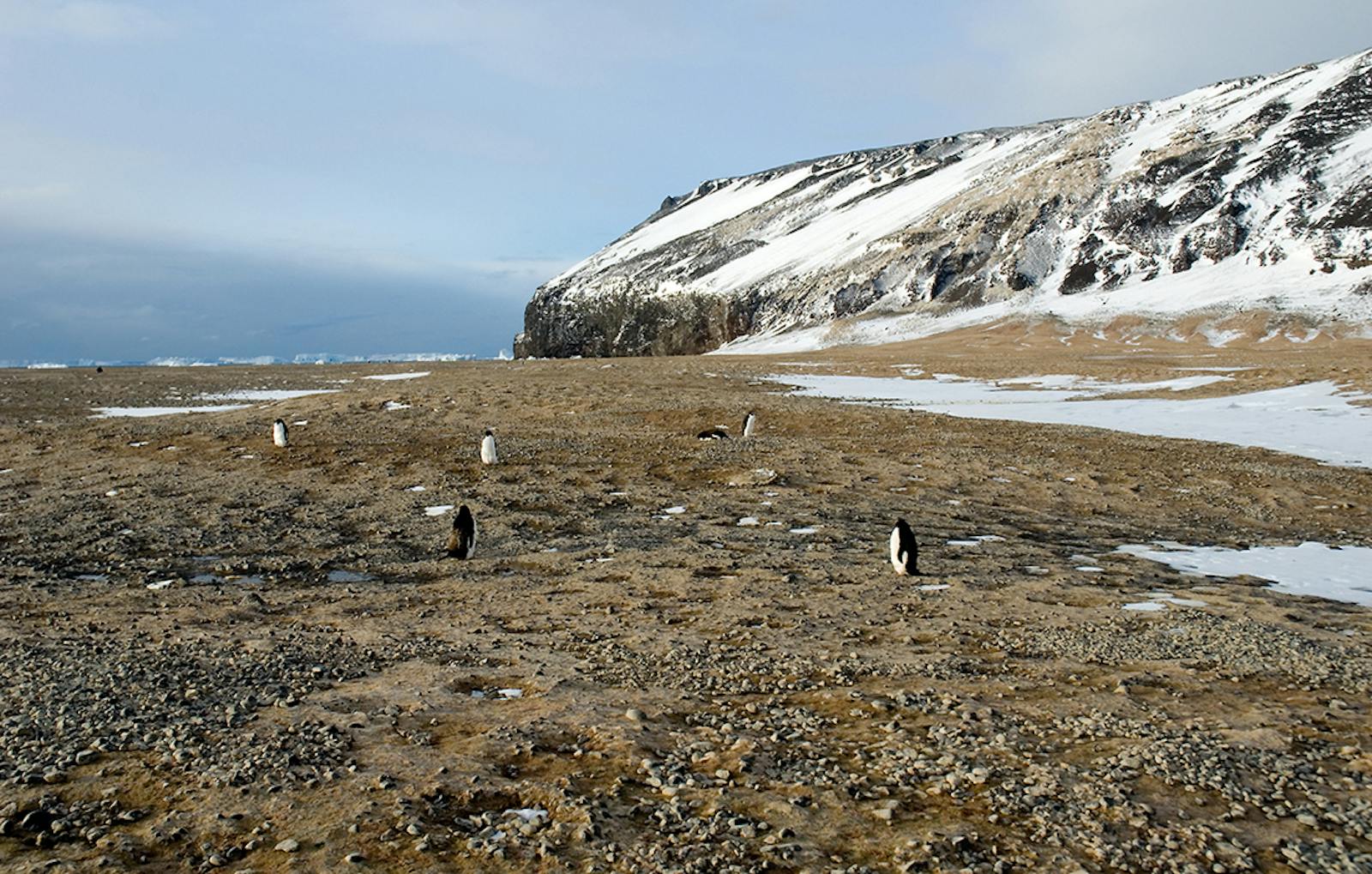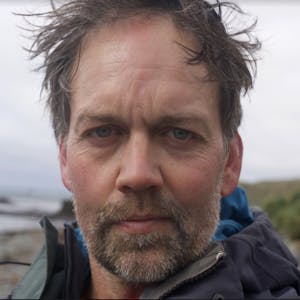North Victoria Land Tundra
The ecoregion’s land area is provided in units of 1,000 hectares. The conservation target is the Global Safety Net (GSN1) area for the given ecoregion. The protection level indicates the percentage of the GSN goal that is currently protected on a scale of 0-10. N/A means data is not available at this time.
Bioregion: Continental Antarctica (AN1)
Realm: Antarctica
Ecoregion Size (1000 ha):
N/A
Ecoregion ID:
125
Conservation Target:
N/A
Protection Level:
N/A
States: Antarctica
The North Victoria Land tundra ecoregion is the third largest ecoregion in Antarctica. It consists of large areas of connected permanently ice-free land, much of it forming deep valleys and high ridges. It rises to a maximum elevation of almost 4,000 m with a mean height of approximately 1,500 m across the region. Most of the higher areas are inland, including the well-known Admiralty Mountains.
Due to the high altitude and exposure, it is a cold, windy ecoregion with large areas that are inhospitable to higher forms of life. Nevertheless, the coastal regions are relatively rich in birdlife, particularly Adélie penguins. The region includes Cape Adare, which was an important landing site and base camp in early Antarctic exploration and the location of some of the first structures built in Antarctica. Other well-known areas include Terra Nova Bay, Cape Hallett, and Cape Washington.
Although inhospitable over much of the higher areas, there is considerable biodiversity in this ecoregion, including over thirty different species of mosses, more than 100 species of lichen and at least 13 species of invertebrates. Eleven of the invertebrates were recorded at Cape Hallett, including three species of springtails and eight mite species. A small area with geothermal soils on the summit of Mt. Melbourne is also known to support a unique and diverse biological community including moss, liverworts and terrestrial algae.

The flagship species of the North Victoria Land Tundra ecoregion is the south polar skua. Image credit: Creative Commons
The coastal areas of this ecoregion support many thousands of breeding Adélie penguins with 21 colonies containing over 750,000 breeding pairs, or around 15% or the global breeding population.5 The largest of these colonies is at Cape Adare, which is estimated to hold almost 340,000 breeding pairs in the summer months. Other birdlife breeding the ice-free areas are rare, although South polar skuas breed in the region and a large colony of emperor penguins breed on the sea ice adjacent to the ice-free areas of this region.
Three countries maintain Antarctic bases in this ecoregion: Italy (Mario Zuccelli), Germany (Gondwana), and South Korea (Jang Bogo). All stations are situated at the southern end of the ecoregion in the vicinity of Terra Nova Bay and might have up to 230 scientists visiting each year. Italy also oversee airfields in the region—one at Browning Pass and the second at Enigma Lake with a third gravel runway under construction. Most tourism activities in the region occurs at Cape Adare, with 200-300 landings per year. The stations in Terra Nova bay also accept tourist visits. In addition to the new gravel runway, China recently notified the Antarctic Treaty Parties of their intent to build a new Antarctic station at Inexpressible Island.
This ecoregion originally had five Antarctic Specially Protected Areas (ASPA), three of which were designated for the protection of terrestrial biodiversity. The latter three protected areas covered less than 1% of the area of this relatively large ecoregion. In 2014, the ASPA on the summit of Mt. Melbourne was de-designated. A fourth ASPA (ASPA 173) at Cape Washington has been primarily designated to protect the marine nursery and hatching grounds of the Antarctic silverfish, and this also includes a small terrestrial component.
Given the relatively high levels of current and planned future human activities, priority conservation actions for the next decade are to: 1) conduct more ecoregion-wide research into understanding and mitigating impacts of human activity on the environment; 2) conduct systematic conservation planning with more scientific surveys to quantify the status and trends of seabirds in the region and to better identify vulnerable areas and species in need of protection; and 3) ensure a stable and functional Antarctic Treaty system to provide long-term protection of the Antarctic continent.
Citations
- Terauds, A., S. L. Chown, F. Morgan, H. J. Peat, D. J. Watts, H. Keys, P. Convey, and D. M. Bergstrom. (2012) Conservation biogeography of the Antarctic. Diversity and Distributions 18:726-741.
- Terauds, A., and Lee, J. R. (2016) Antarctic biogeography revisited: updating the Antarctic conservation biogeographic regions. Diversity and Distributions 22:836-840.
- Chown, S.L. & Convey, P. (2007) Spatial and temporal variability across life’s hierarchies in the terrestrial Antarctic. Philosophical Transactions of the Royal Society B: Biological Sciences, 362: 2307–2331.



